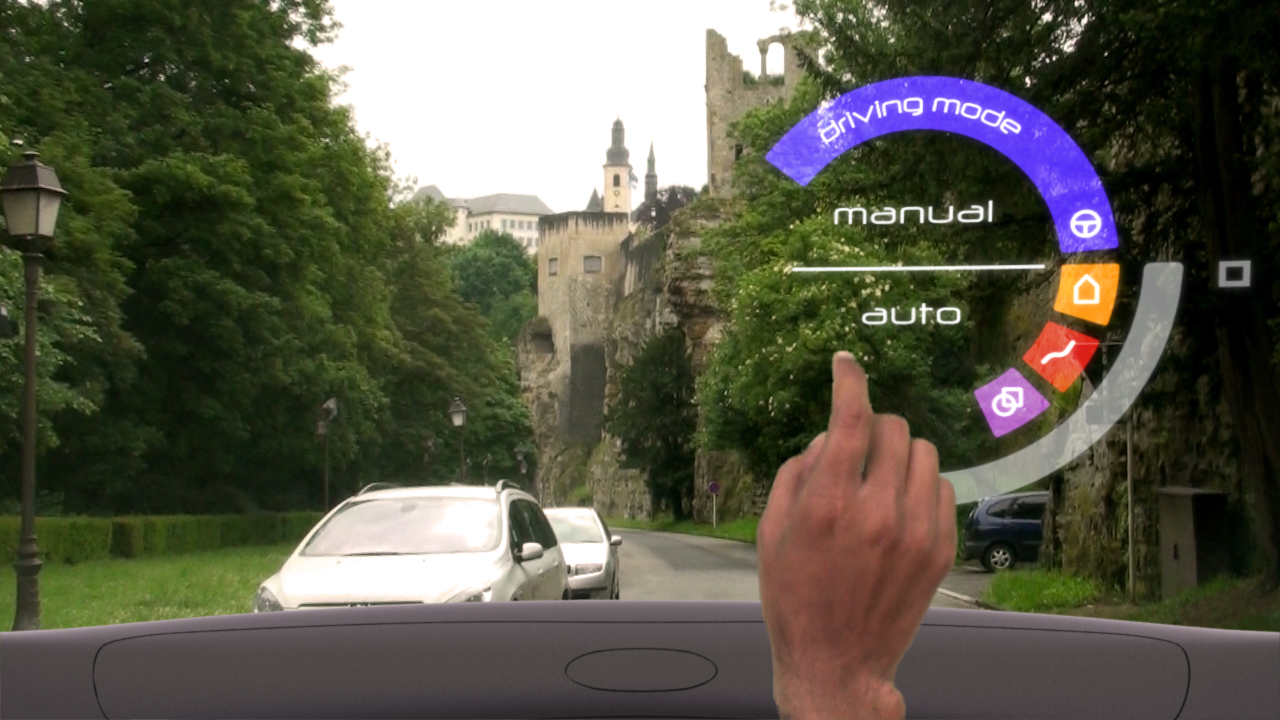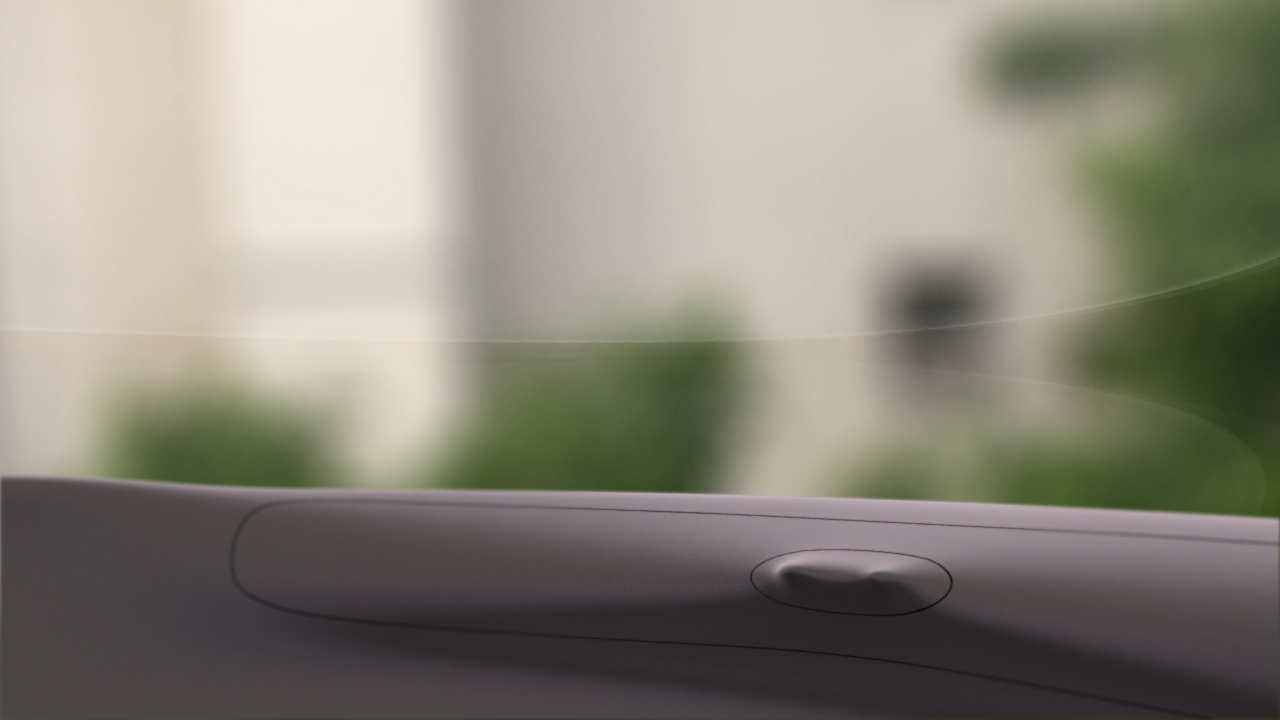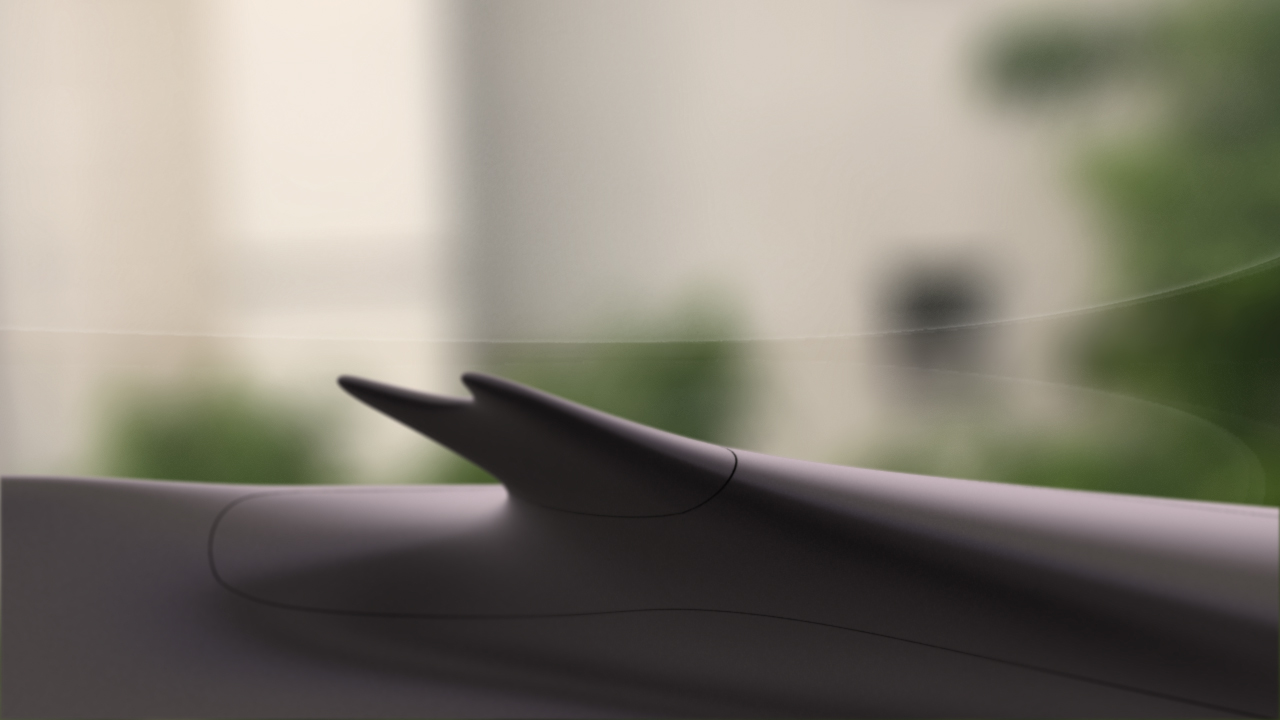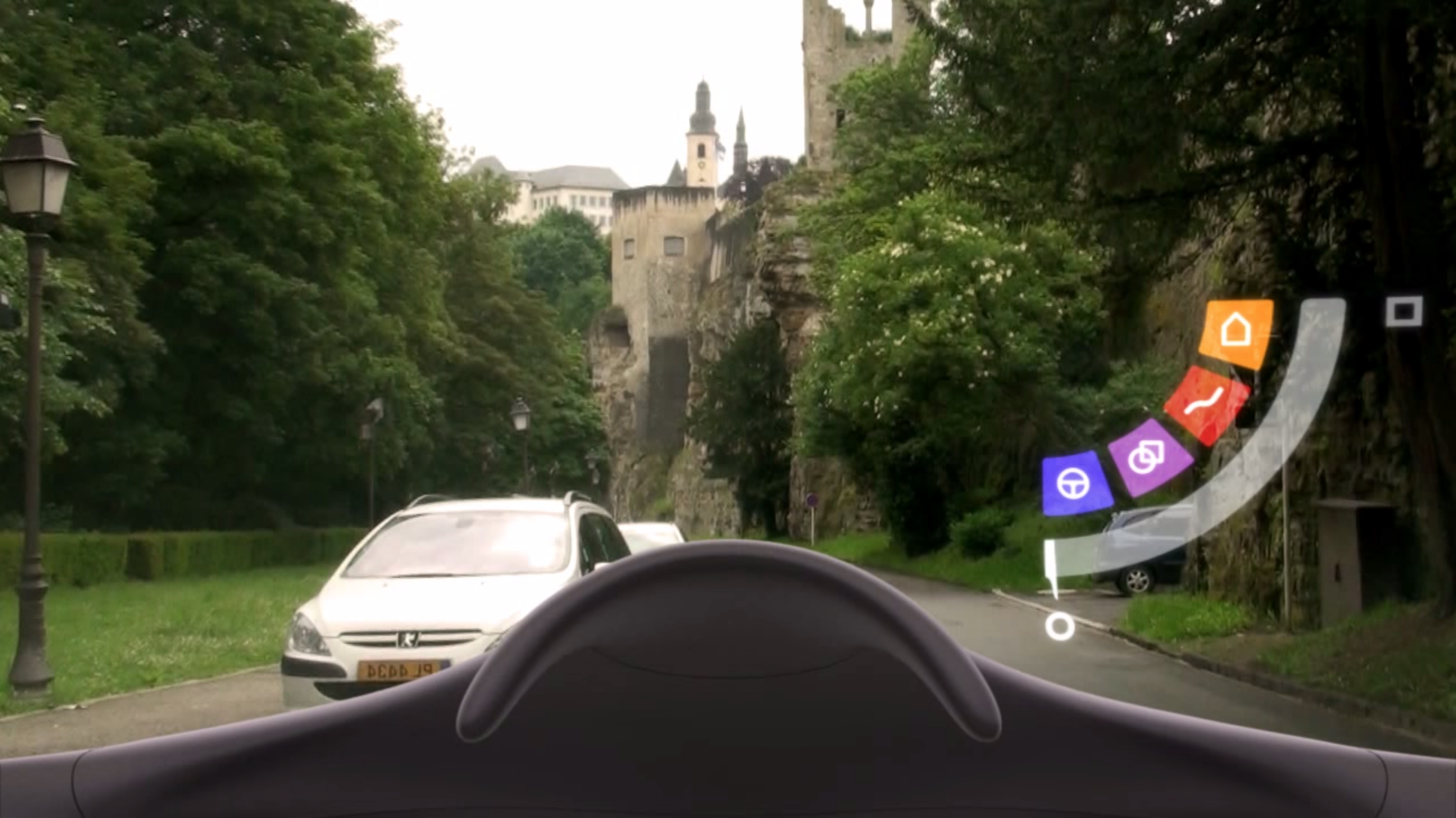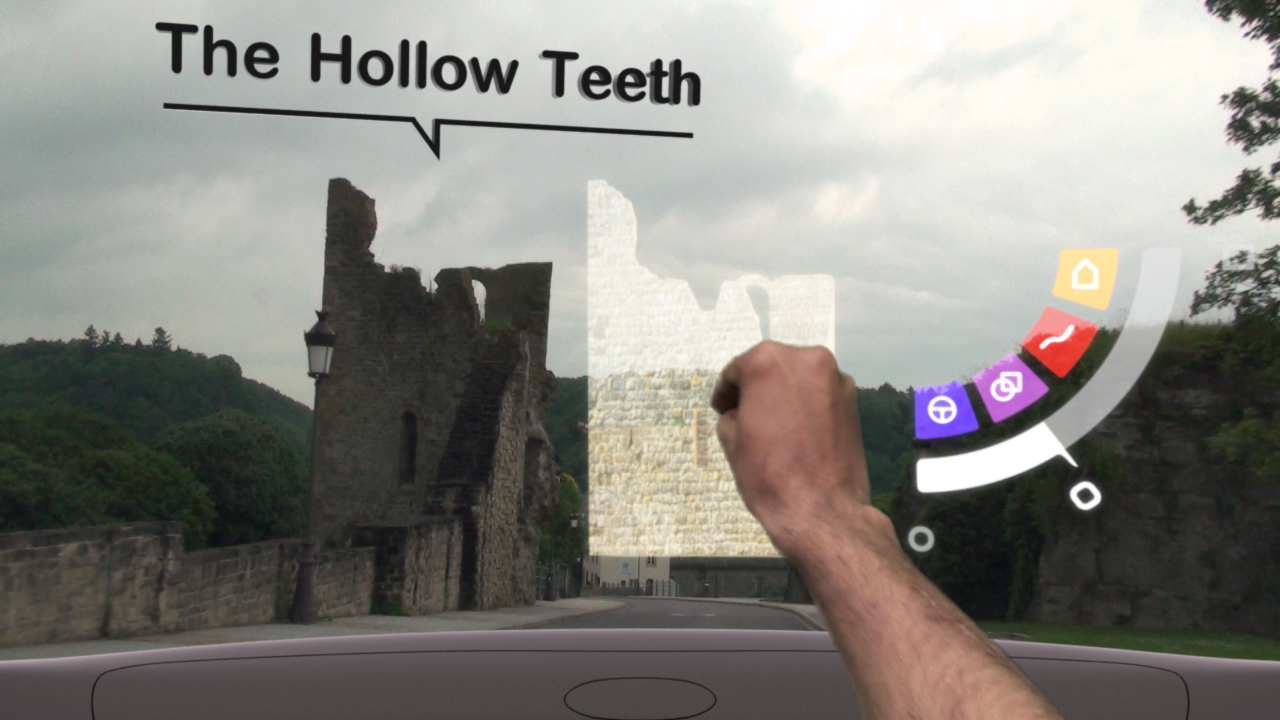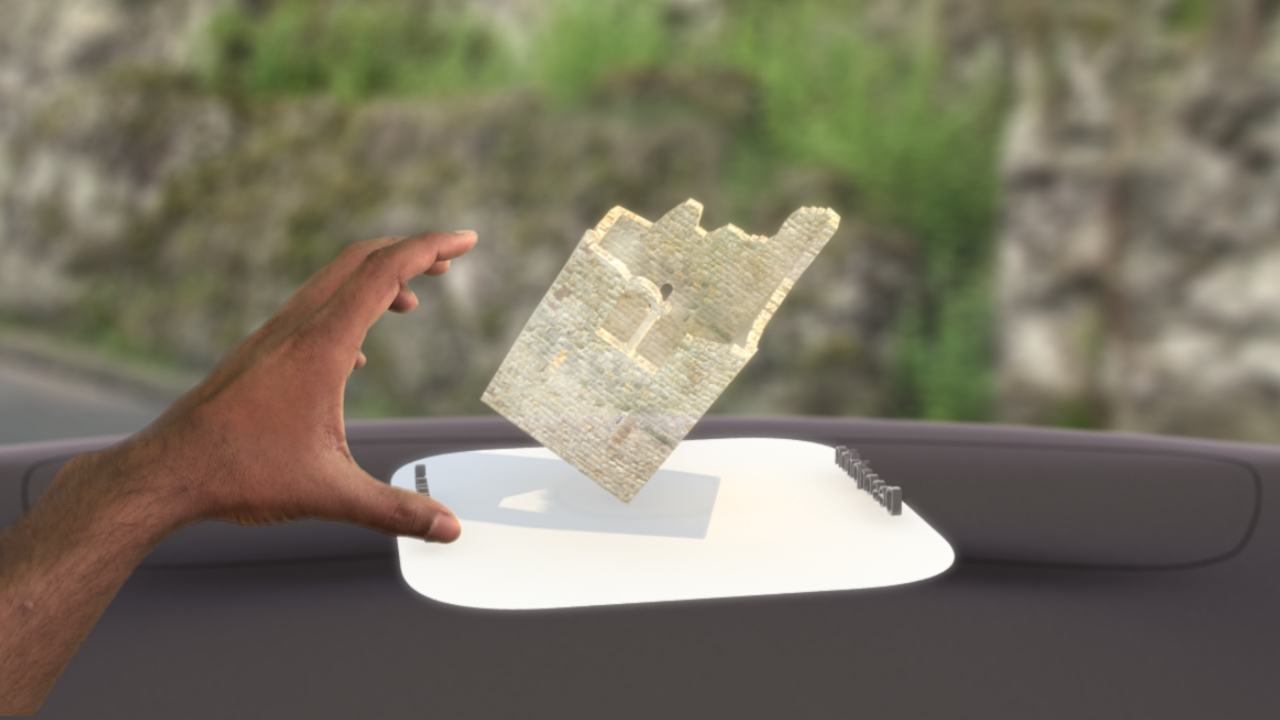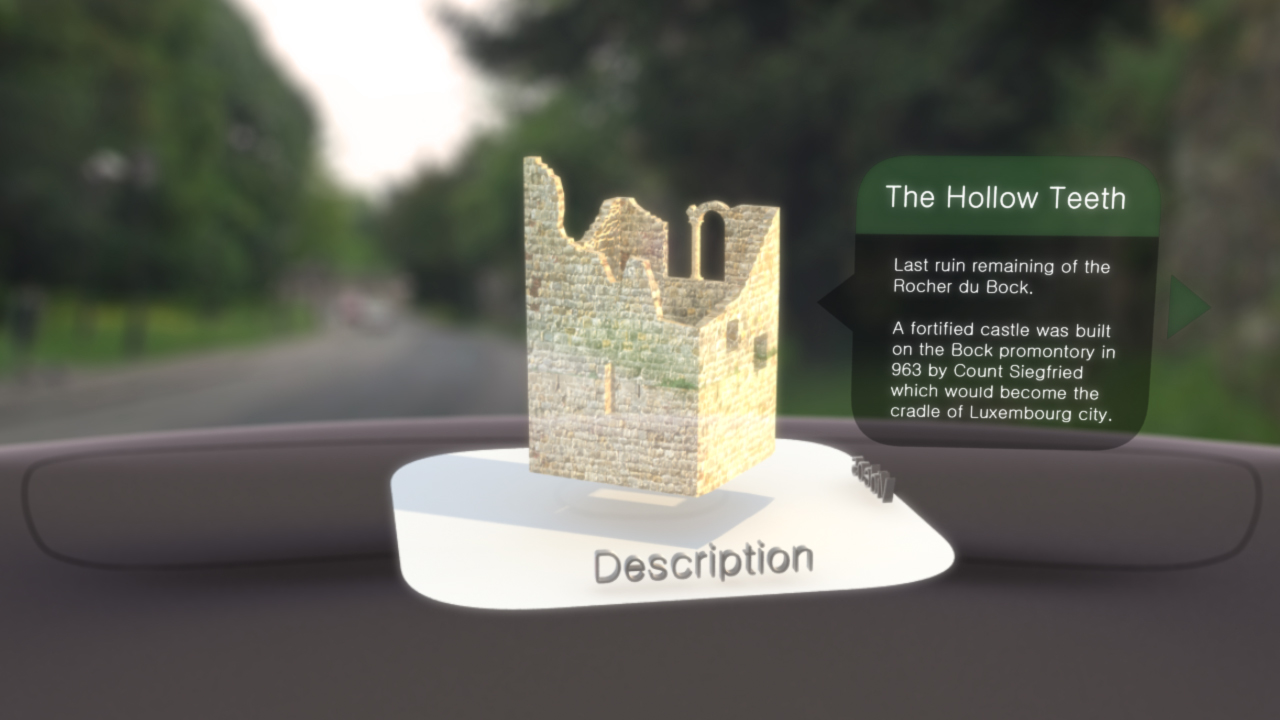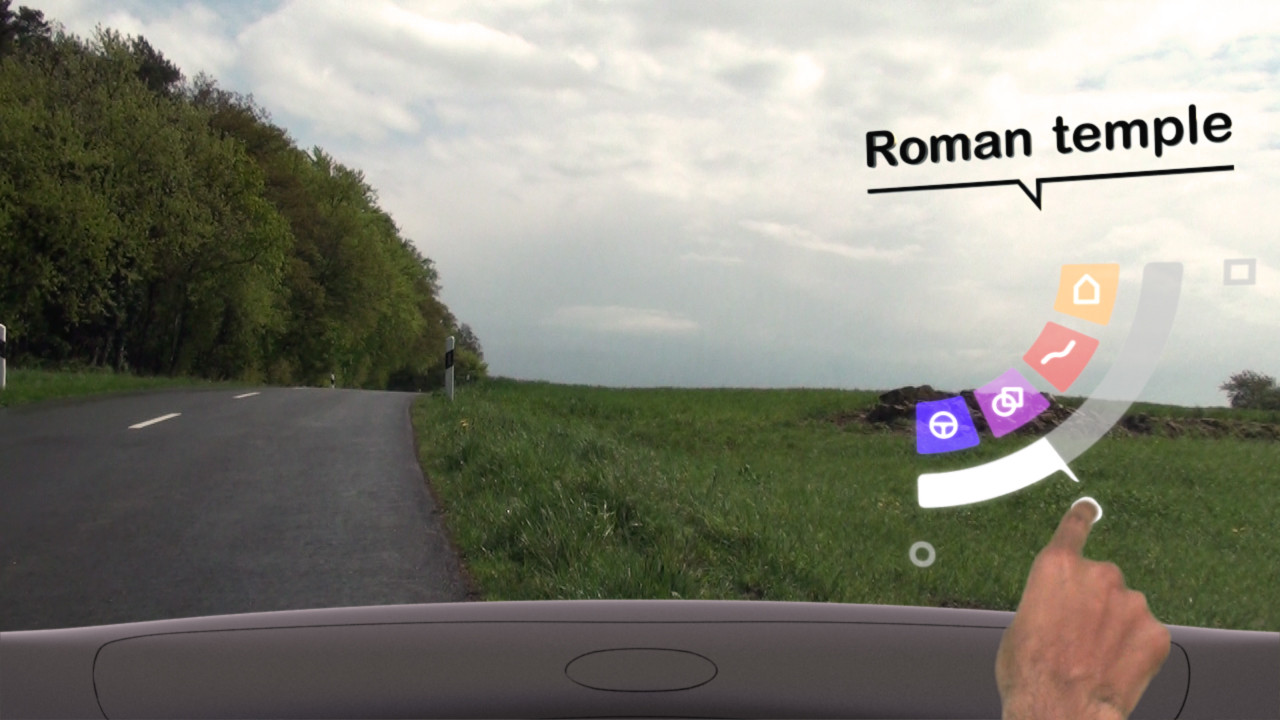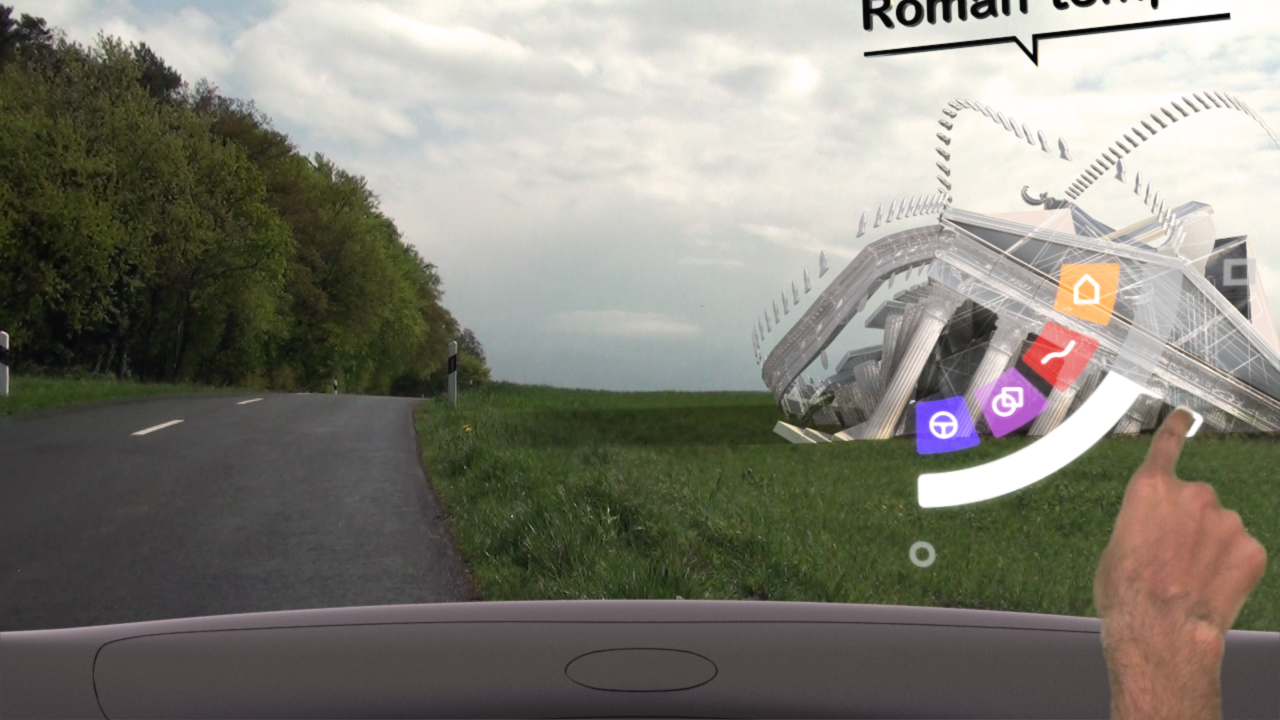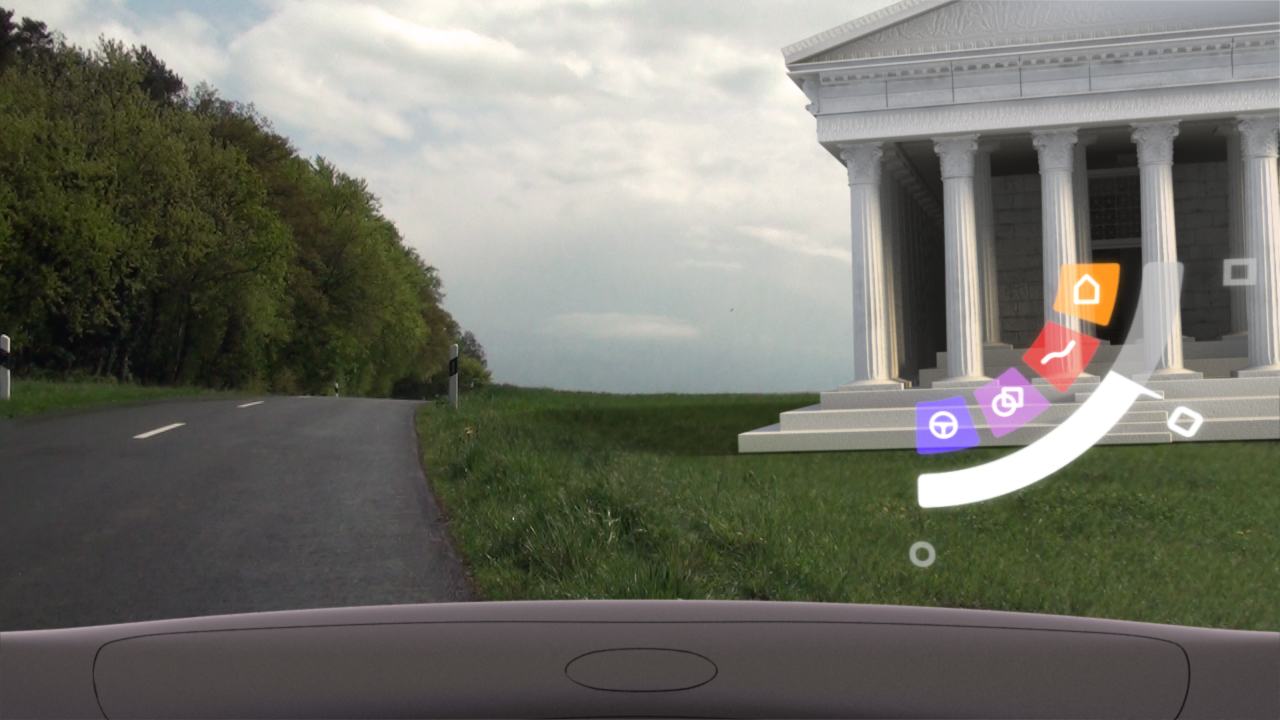Aeon explores how autonomous cars might enable new forms of activities within the vehicle.
"KRRRSCHHH!" is the sound it made when I was trying to switch lane and bumped into another car. One second of inattention is all it took for my human eyes to not see the other vehicle. No one got hurt, but that’s not the case for the 1.2 million people who lose their lives on the world's roads every year.
Brilliant minds in some of the most influential companies in the world are dedicated to find a solution. They’re working hard on fixing the very origin of the problem, the driver. I can imagine future generations thinking: “What? People used to control cars? How many killed themselves doing that?”
Time Not Well Spent
Relying on humans to drive is costing us a lot of energy and time. We think we control the vehicle, but really the traffic conditions are controlling us. Stress takes over and makes us tired, impatient and unpredictable drivers. Chris Urmson, director of self driving cars at Google, mentioned that in America only — if you add up the commuting time of every worker in the country — people spend about 6 billion minutes commuting every day.
6 billion minutes. That’s a lot of wasted time.
Alex Brown of the National Journal took a ride in an autonomous vehicle and found the experience "almost boring". But that’s a mark of success: A boring commute means a driver can focus on something more interesting.
Historical Immersion
I was interested in exploring the entertainment aspect inside autonomous vehicles. With all that time available, what unique experiences could a space moving through a city enable? I explored how leveraging augmented and virtual reality could bring a new dimension to commuting. In Aeon, users can immerse themselves in a city’s history and learn about its origin. While moving through a city, what if users could experience how the city was 500 years ago? Interestingly — by visualizing the past — users would not only move through space, but also through time.
A Volume Knob for Virtuality
Similarly to how we adjust audio volume today, we explored how a user would be able to shift between various levels of virtuality. From text based information, full blown 3d visualizations, to complete immersions in virtual worlds. Since the vehicle’s system is in charge of driving, users won’t need to be aware of their immediate surroundings anymore. They could be fully immersed in different environments while they’re being safely carried to their destination. It’s also interesting to think about what type of experiences could be enabled by vehicle-to-vehicle connectivity. What if users could compete against surrounding drivers on immersive racetracks?
Autonomous but not Monotonous
Access to traditional cars and the visceral pleasure of driving will always exist. In a congested city infrastructure however, autonomous vehicles seem to be the right future. And autonomous doesn’t need to be synonym of boring or work. New forms of mediums such as VR can bring to live experiences that leverage the unique aspects of a space moving through a city. With the democratization of VR tools, what excites me the most is how these experiences could be designed by a wider audience, allowing a new form of shared storytelling in our everyday lives.
"WOOOOOW!" is the sound I’d rather hear.
